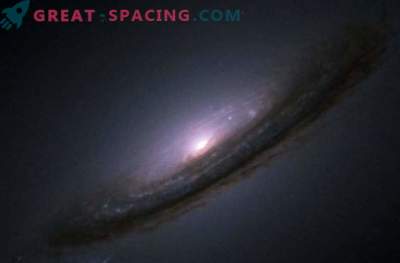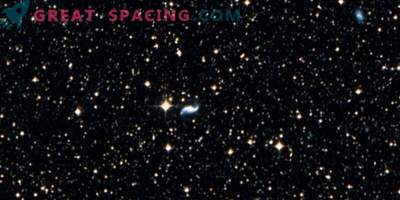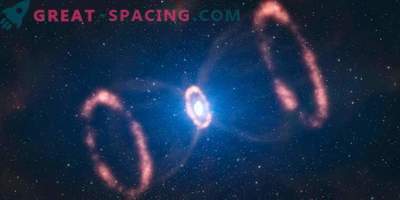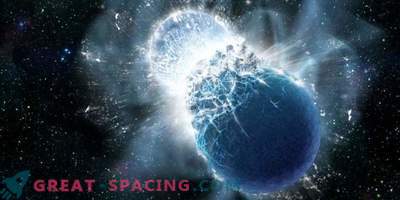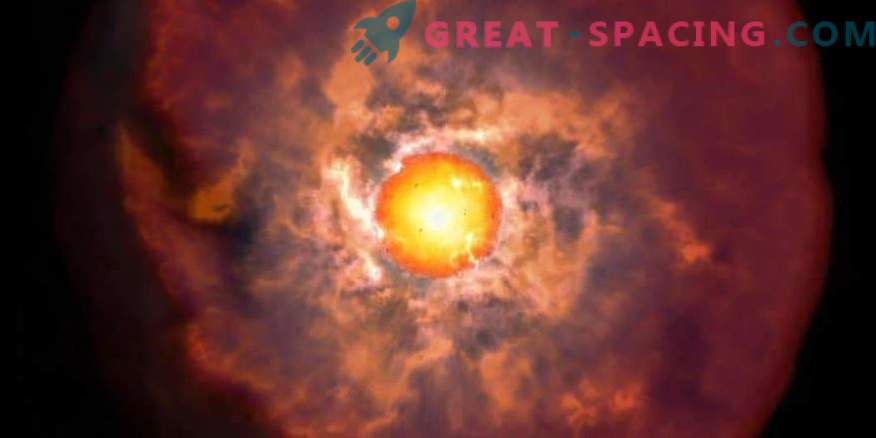
Artistic vision of a red supergiant surrounded by dense circumstellar material
At the end of its existence, the red supergiant explodes as a hydrogen-rich supernova. Comparing the results of observations with simulation models, an international team of scientists found that in many cases an explosion occurs inside a dense cloud of circumstellar material around a star. These findings completely change our understanding of the last stage of stellar evolution.
For analysis, scientists from the University of Chile used the Blanco telescope to find 26 supernovae from the red supergiants. Their goal was to study the shock gap - a short-term light flash preceding a supernova explosion. But they did not manage to find signs of a similar phenomenon. However, it turned out that 24 supernovae grew faster than expected. To solve this mystery, we had to simulate 518 models of variations in the brightness of supernovae and compare them with the results of surveys. It turned out that models with a layer of circumstellar matter of 10% of the solar mass around supernovae perfectly correspond to the observations. Near-star matter hides the shock gap, capturing light. A further collision between supernova emissions and circumstellar material forms a powerful shock wave that produces additional light.
It turns out that at the end of life, a mechanism inside a star should force it to release mass, which then forms a layer around it. While the researchers do not understand what exactly leads to such a loss, therefore, it is necessary to study the mechanism in more detail. Observations were conducted on the Blanco telescope for 6 nights in 2014 and eight in 2015.
